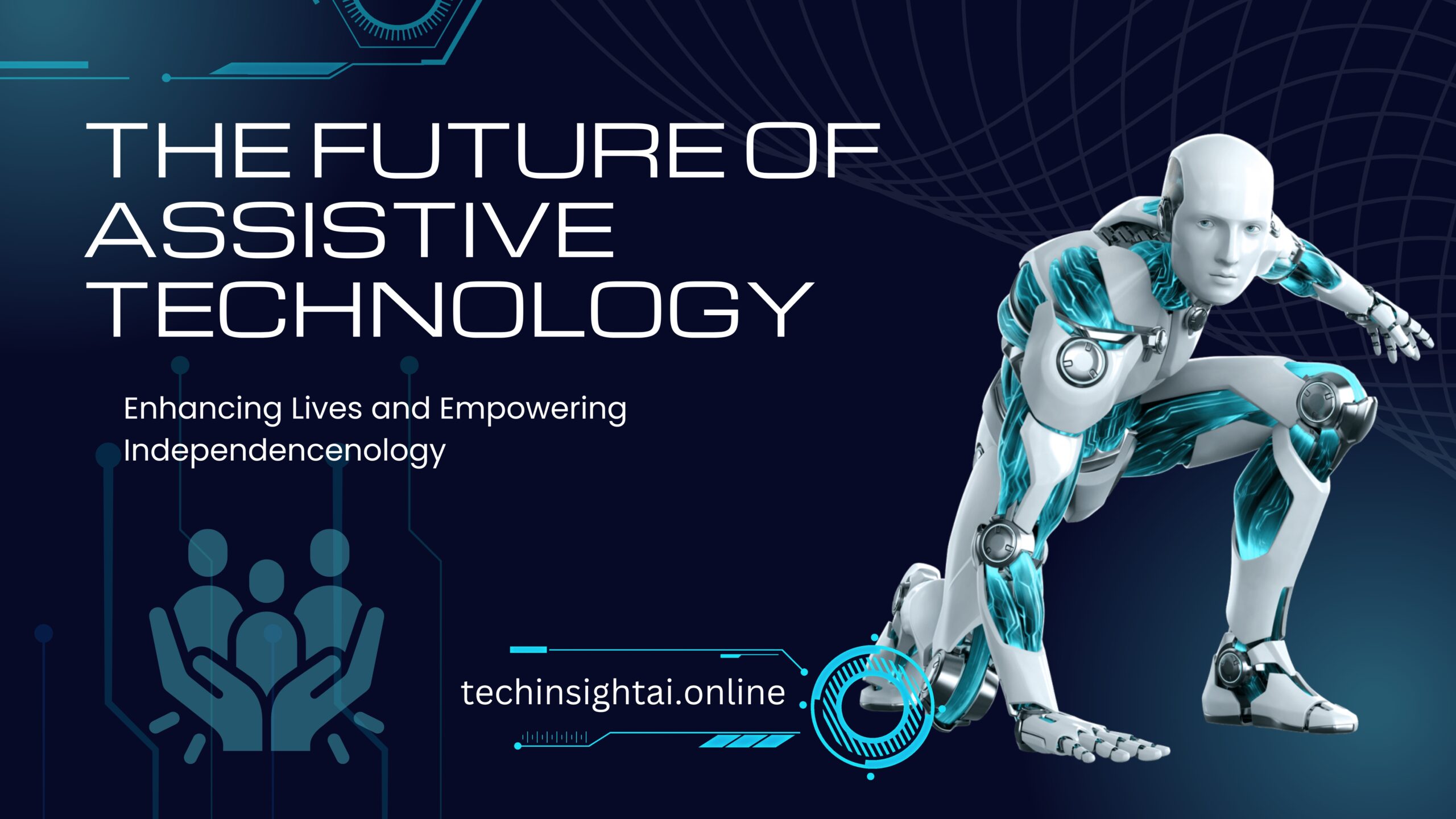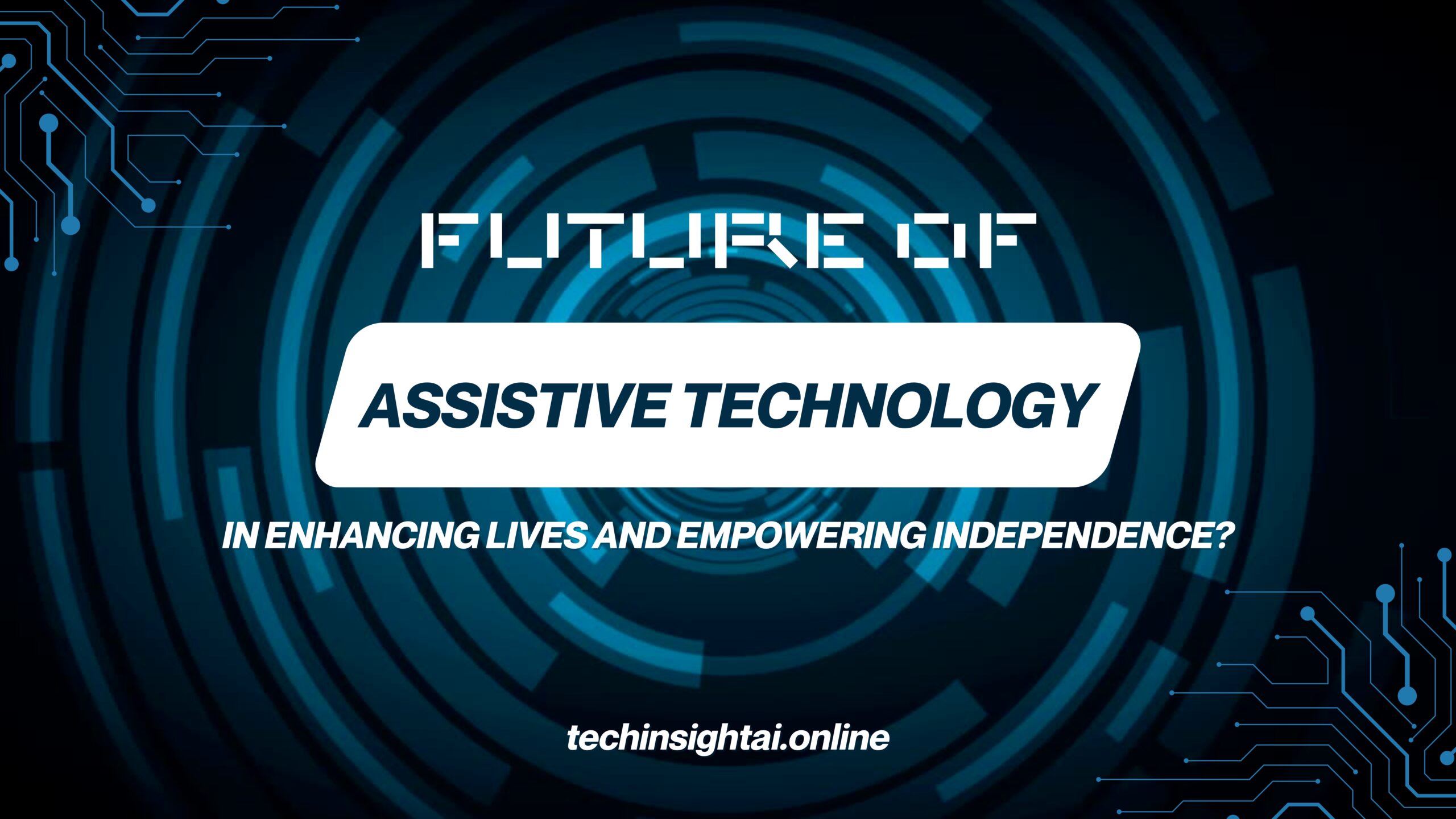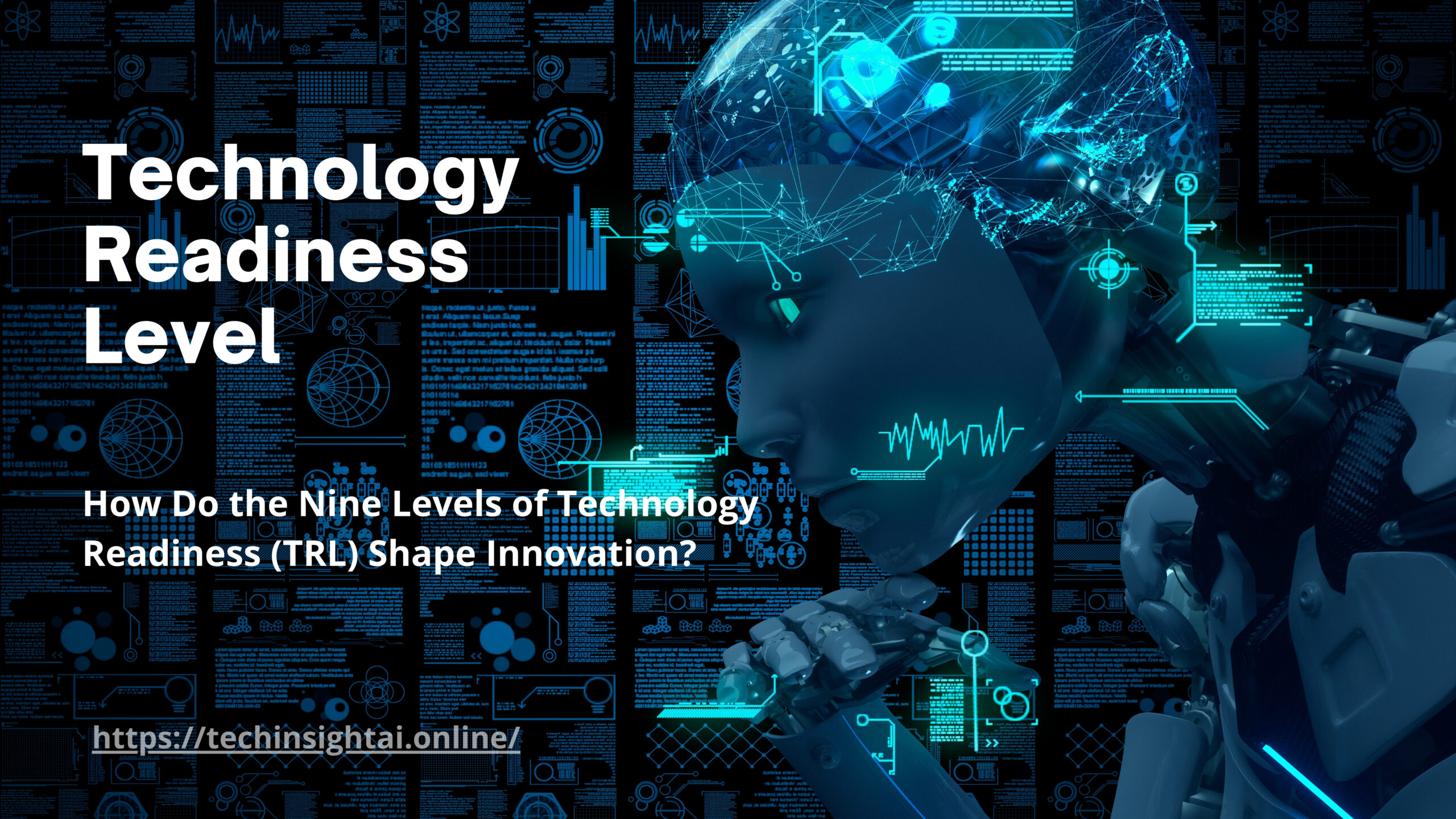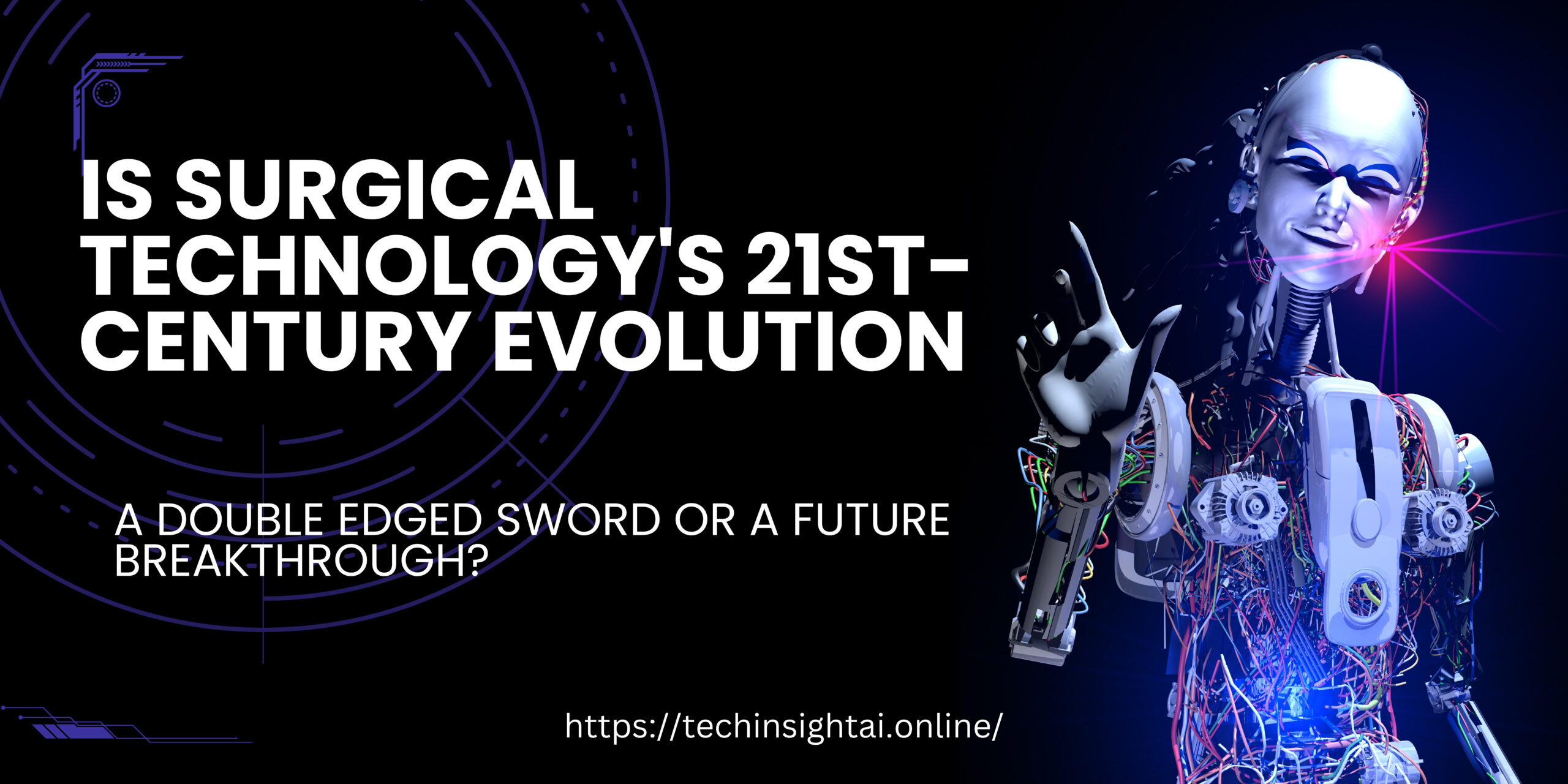The Future of Assistive Technology: Enhancing Lives and Empowering Independence
Assistive technology (AT) has considerably transformed the lives of people with disabilities, helping them conquer demanding conditions and improving their superb of existence. From early being attentive to aids to modern day AI-powered devices, assistive technology has superior, providing more independence, mobility, and accessibility. In this article, we’ll find out the modern-day upgrades, their effect, and the destiny trajectory of assistive era, all whilst delving into the critical subfields and enhancements which may be reshaping the landscape.
What is Assistive Technology?
Technology aid is therefore any gadget, program or machine used to help persons with disabilities to do what they would ordinarily find difficult or even impossible to do. These technology includes simple range such as pencil grips and magnifying glasses and complex technology such as robotic exoskeletons and smart domestic structures under voice commands. The purpose of assistive era is to empower people through reducing limitations and increasing accessibility, consequently fostering greater autonomy in everyday sports, whether or not at domestic, school, paintings, or inside the network.

The Evolution of Assistive Technology
The place of assistive technology has a wealthy records, with innovations regularly driven by societal desires and technological advancements. Early sorts of AT covered clean mechanical devices like wheelchairs and listening to aids. Over the years, however, advances in computing, artificial intelligence, robotics, and cloth technology have paved the manner for more sophisticated answers. Today’s assistive technology landscape includes the whole lot from superior prosthetics to AI-driven communication aids, supplying greater tailored and personalized answers than ever earlier than.
Key Types of Assistive Technology
Assistive technology can be broadly categorized into numerous areas, every serving a selected type of disability or need:
Mobility Devices:
Wheelchairs, scooters, and walkers are conventional examples of mobility aids. More present day innovations consist of robotic exoskeletons, which help human beings with spinal wire injuries stroll once more.
Hearing Aids and Assistive Listening Devices:
Modern taking note of aids are ready with wireless era and AI algorithms that beautify speech recognition, making conversations clearer even in noisy environments.
Vision Assistive Technology:
Screen readers, braille shows, and magnifying software program assist visually impaired people get entry to digital facts. Recent inclinations embody AI-powered apps that describe the person’s environment in actual-time.
Communication Devices:
For those with speech impairments, augmentative and opportunity communication (AAC) devices permit users to talk via images, symbols, or text-to-speech packages.
Cognitive Aids:
Designed to assist people with reminiscence or cognitive annoying situations, those embody reminder apps, voice-activated assistants, and wearable tech that tracks health metrics.
Assistive Technology for Daily Living:
From clever home technology to adaptive kitchen gear, those gadgets beautify daily existence sports, making them more available and possible.
The Role of Artificial Intelligence in Assistive Technology
Artificial intelligence (AI) is one of the maximum transformative trends in assistive era. AI algorithms allow assistive gadgets to study and adapt to the individual’s needs, offering customized help that turn out to be previously no longer viable. One of the most promising programs of AI in assistive era is inside the field of communique.
For example, AI-powered conversation gadgets can now interpret and convert thoughts waves into text or speech, permitting people with extreme physical disabilities to speak more correctly. AI also can decorate text-to-speech devices by way of way of creating them more aware of the customer’s intentions and speech styles.
AI-powered assistive era also plays a essential position in improving accessibility. For instance, AI-pushed screen readers can not handiest observe textual content aloud however additionally interpret photos, graphs, and exclusive complex data. This lets in visually impaired users to get entry to a broader variety of content fabric efficiently.
Innovations in Assistive Technology for Mobility
Mobility is one of the most important regions wherein assistive era has had a profound impact. For people with bodily disabilities, retaining independence is crucial, and recent advances in mobility aids have made this purpose extra possible.
One of the current breakthroughs in assistive generation for mobility is the improvement of robot exoskeletons. These wearable gadgets are designed to help humans with spinal twine accidents or neuromuscular troubles regain mobility. By the usage of a mixture of motors, sensors, and AI algorithms, exoskeletons assist with on foot and may substantially improve the man or woman’s fine of lifestyles.
Smart wheelchairs are each different place of innovation. These superior gadgets combine sensors, GPS, and AI to help customers in navigating complex environments. Some fashions can be controlled thru eye-tracking era or mind-laptop interfaces, making them more accessible to humans with restrained motor feature.
Assistive Technology for Sensory Impairments
For human beings with sensory impairments, assistive technology has made good sized strides in trendy years. Innovations on this place attention on improving get entry to to conversation, information, and interplay with the bodily environment.
One fantastic advancement is the Cochlear implant, which has been a undertaking-changer for people with excessive hearing loss. These gadgets bypass damaged additives of the ear and directly stimulate the auditory nerve, allowing customers to perceive sound. Recent improvements in cochlear implants encompass better sound top notch, noise cut price, and compatibility with smartphones, making communique greater seamless.
For humans with vision impairments, assistive technology like display readers and braille shows had been treasured. However, AI is taking this a step in addition. Apps like Seeing AI use pc imaginative and prescient to explain the environment to customers, which includes figuring out humans, objects, and even facial expressions. This enables visually impaired people navigate their surroundings with extra self notion.
The Impact of Assistive Technology on Education
Education is another domain wherein assistive generation is creating a substantial distinction. Assistive mastering generation ensure that students with disabilities have equal get right of access to to instructional assets, improving their capability to examine and reach faculty.
For college students with dyslexia or specific gaining knowledge of disabilities, text-to-speech software can observe textbooks and virtual content cloth aloud, making it easier to soak up records. Speech recognition software permits college students to dictate essays or assignments, decreasing the boundaries posed by using way of problems with writing.
Classrooms are also being ready with smartboards and different interactive technologies that may adapt to the goals of all university students. These equipment ensure that training are available, enticing, and tailor-made to man or woman reading styles.
Assistive Technology in the Workplace
As the world of labor evolves, assistive era is assisting to create more inclusive places of work. From screen readers for visually impaired employees to voice popularity software program for people with mobility demanding situations, assistive generation performs a crucial role in breaking down boundaries.
For instance, speech-to-textual content software program program enables people with motor impairments dictate emails, reviews, and special varieties of communication. Ergonomic workstations with adjustable desks and chairs also are designed to guide employees with physical disabilities, reducing the risk of damage or pain.
Advances in digital fact (VR) and augmented reality (AR) are also making it easier for people with disabilities to interact with their paintings environment. These equipment provide education simulations, decorate collaboration, and make some distance off paintings more on hand to employees with numerous desires.
The Future of Assistive Technology
The destiny of assistive generation is in particular promising, with new traits emerging swiftly. Three key developments are predicted to shape the destiny of this difficulty:
Integration with Smart Technologies:
As clever home gadgets and wearables grow to be extra today’s, they will increasingly be incorporated into assistive generation. For instance, clever speakers can already be used to govern lighting fixtures, thermostats, and security structures, supporting people with disabilities manage their houses extra effortlessly.
Brain-Computer Interfaces (BCIs):
BCIs, which permit direct communique most of the brain and external devices, are despite the fact that in their early ranges but maintain big functionality. These interfaces must permit customers to control prosthetics, wheelchairs, or maybe computer systems using best their mind, imparting splendid independence.
3-D Printing for Customization:
3-D printing generation is making it feasible to create custom prosthetics, orthotics, and different assistive devices tailored to the consumer’s particular dreams. This degree of personalization can drastically decorate comfort and functionality, specifically for individuals with particular or complex conditions.
The Importance of Accessibility and Affordability in Assistive Technology
While the improvements in assistive generation are amazing, accessibility and affordability live enormous demanding conditions. Many of the modern-day day devices are luxurious and no longer blanketed with the aid of insurance, making them out of gain for people who should advantage maximum. Ensuring that assistive era is to be had to all, no matter socioeconomic reputation, is essential for fostering a greater inclusive society.
Governments, nonprofits, and tech businesses are walking to cope with these issues thru subsidies, offers, and partnerships. Moreover, the open-source movement has stimulated developers to create cheap, DIY assistive generation solutions that are freely available to the ones in want.
Conclusion: A Future Empowered with the aid of Assistive Technology
Assistive technology continues to convert the lives of humans with disabilities, imparting great opportunities for independence, mobility, and verbal exchange. As innovations in AI, robotics, and clever era enhance, the capability for assistive generation to empower even extra human beings grows. From robot exoskeletons to AI-pushed verbal exchange gadgets, the destiny of assistive technology is vivid, and its impact on society will handiest preserve to expand. The task now lies in making those innovations on hand and occasional-price to all, making sure that everyone can enjoy the life-converting ability of assistive generation. In the imminent years, assistive generation will now not most effective enhance the lives of those with disabilities but moreover push the limits of what’s feasible for human capability and resilience.



Pingback: "Is the Global Battle for Speed in the Worldwide Technology Raceway Driving Innovation or Leaving 10 Nations Behind in the Race for Supremacy?" - Tech Insight Ai